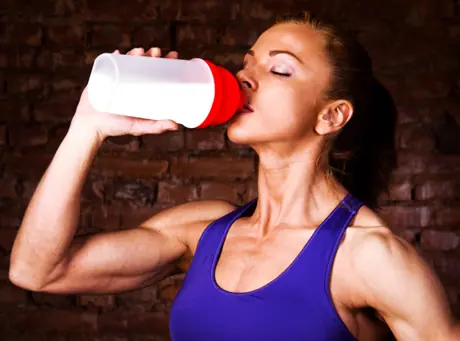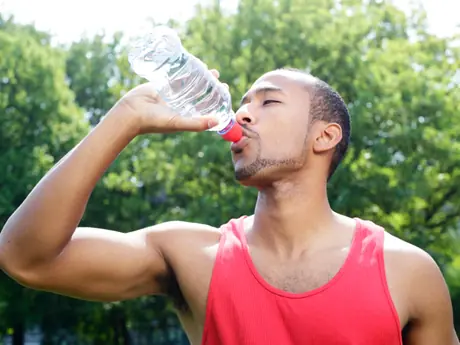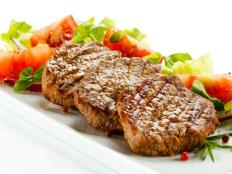There is little evidence that regular aerobic exercise causes a general increase in the resting metabolic rate. All of the extra calories burned between workouts are attributable to the EPOC effect of the last workout. If a runner goes more than a day or two without running, his or her metabolic rate will fall to the same level it would be at if he or she were completely sedentary. Nevertheless, runners who train every day will experience the functional equivalent of chronically elevated metabolism because they will still be enjoying the EPOC effect of the last run when it's time for the next one.
More: 5 Calorie Myths You Should Know
The Compensation Effect
Given the high MET value of running and its EPOC effect, you might expect that every runner who trained for a marathon would lose weight. However, there are some countervailing effects of running that may limit weight loss or prevent it altogether.
More: 5 Myths About Running, Calories and Weight Loss
One of these is the compensation effect. The compensation effect is an increase in appetite and eating that is triggered by exercise. Appetite is sensitive to energy expenditure. The more calories you burn each day, the more calories you will need to eat to satisfy your appetite. This mechanism ensures that you take in enough energy to support your activity level. On average, people eat three extra calories for every 10 calories they burn through exercise. This incomplete compensation is one reason why most runners lose weight during marathon training. But some people compensate a lot more. For these individuals, increased activity levels cause a massive spike in appetite that results in so much extra eating that the calories burned through exercise are completely negated.
If you are one of the unlucky individuals whose appetite is severely inflated by exercise, it's important that you base your diet on foods such as fruits and vegetables, which have a low energy density, and foods such as whole grains and legumes, which have a high "satiety index" (meaning they fill you up without a lot of calories).
- 2
- of
- 3
About the Author

Get ACTIVE on the Go


Couch to 5K®
The best way to get new runners off the couch and across the finish line of their first 5K.
Available for iOS | Android






Discuss This Article